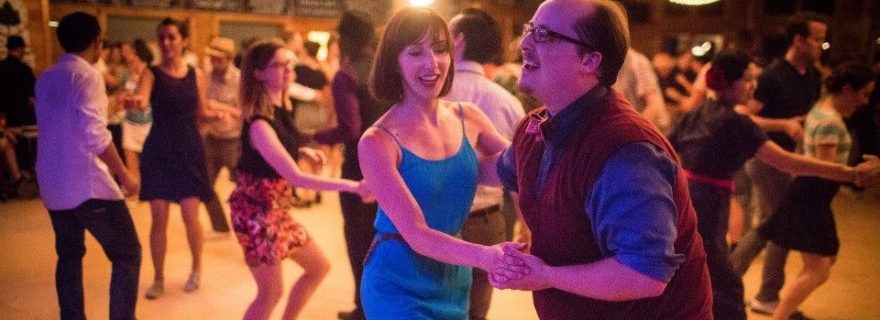Why does music move you?
Have you ever found yourself dancing, caught up in music? We often attend events where we listen to music and find ourselves starting to dance without even noticing. We shake, clap, tap, and let our body swing with the rhythm. Music cognition influences human behavior and makes us move, but how?
Music and dancing are highly related and they complement each other. Cognitive psychologist Daniel Levitin focused on the psychology of music and investigated the relation between music and body movement. He pointed out the neurochemical and neuropsychological reasons behind music cognition.
Human response to music is an evolutionary and universal phenomenon. We try to find the kind we like and keep discovering new options which give us pleasure to listen. The music industry comes with various music genres that influence our moods differently. To give an example, discos don’t play classical music but pop songs. They play the music that gets you moving and boosts your mood. When we listen to music, we are being influenced by qualities such as its tempo and rhythm. The tempo is the speed of an underlying beat and rhythm is a regular repeated pattern of a sound. Usually, these qualities urge us to move. Some rhythms might be ignored whereas others keep our attention. For example, I don’t react the same way when I listen to different types of music. While electronic music motivates me to dance, jazz gives me the impulse to lay on the couch and relax
Why does dancing give us pleasure?
Listening to music gives us pleasure, thus stimulates the reward-related brain regions. Imagine yourself listening to your favourite song. Doesn’t it make you feel better?
Rhythm and beat perception shows us the link between the rhythm and motor system which is responsible for our movements. During the beat perception, sensory and motor brain regions are getting activated at the same time. fMRI studies identified the regions which are responsible for entrainment. Entrainment occurs when your bodily movements synchronize- two distinct acts occur at the same time- with the music. The regions identified were the basal ganglia, the supplementary motor area, and the auditory cortex. To sum up, when you hear a beat, your motor, and auditory brain areas are getting connected. And ta da! You find yourself dancing on the dance floor!
The neurochemistry of music
After having examined the mystery of music and movement by conducting neuroimaging studies, Levin decided to look more into the neurochemistry underlying music perception. He studied the influences of dopamine and opioid, the chemicals which are responsible to make us feel pleasure. When we hear music that we like, dopamine is being released, related brain regions are getting activated and we feel pleasure.
Blocking pleasure chemicals
To better understand the underlying reasons behind music perception, Levin came with another idea. He blocked opioids of subjects temporarily to see if it is related to musical pleasure. He made people listen to their favorite song which makes them feel good. I have to say, the results are quite interesting. Even though subjects said that they still liked the song, this time they didn’t urge to move! To be more clear, this study suggests that our musical movements might be related to the feeling of pleasure and the neurochemicals underlying these phenomena.


